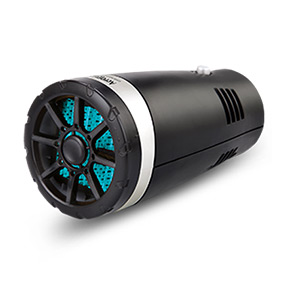wire throttle cable
Understanding Wire Throttle Cables Functionality and Importance
The wire throttle cable, an integral component in various vehicles, plays a critical role in regulating engine power and ensuring smooth acceleration. Its design and functionality are pivotal for the overall performance and drivability of many motorcycles, cars, and even boats. This article delves into the nature of wire throttle cables, how they function, their significance, and common issues associated with them.
What is a Wire Throttle Cable?
At its core, a wire throttle cable is a flexible metal cable that connects the throttle pedal or grip to the engine’s throttle body. This cable is designed to transmit the driver’s intention for acceleration. When a driver pushes the throttle pedal or twists the throttle grip, the cable pulls a lever that opens the throttle valve, allowing air (and fuel) into the engine and increasing power output.
Components of the Throttle Cable
A typical wire throttle cable consists of a few key components the outer casing, the inner wire, and the cable ends. The outer casing is typically made from durable materials to withstand wear and weather elements. The inner wire is usually made of strong steel, designed to endure significant tensile stress. Both elements are essential in providing a reliable connection between the driver and the vehicle's engine.
Functionality of the Wire Throttle Cable
The wire throttle cable operates through a simple yet effective mechanism. As the driver applies pressure to the throttle, the cable pulls a lever connected to the throttle body. This action opens the throttle valve, allowing more air into the engine, consequently increasing the engine's power output. The return spring on the throttle body then closes the valve when the pressure on the throttle is released, ensuring a smooth return to idle.
Importance of Wire Throttle Cables
1. Acceleration Control The most vital function of the wire throttle cable is to provide real-time feedback on acceleration. Drivers require immediate responsiveness when they engage the throttle, and the cable must deliver that seamlessly. A malfunctioning cable can lead to delayed acceleration, which can be dangerous in traffic situations.
wire throttle cable

2. Safety Factor In scenarios where quick acceleration is necessary to avoid obstacles, a well-functioning wire throttle cable is crucial. It directly impacts the driver's ability to control the vehicle effectively and can prevent accidents caused by unresponsive acceleration.
3. Engine Performance The throttle cable significantly affects engine performance. An efficient cable ensures that the engine receives the right amount of air-fuel mixture needed for optimal combustion, leading to better fuel economy and reduced emissions.
4. Durability and Maintenance Over time, wire throttle cables can experience wear and tear, which may lead to fraying or snapping. Regular inspection and maintenance of the cable can prevent unexpected failures. A cable in good condition can last for several years, while damage caused by neglect can lead to costly repairs.
Common Issues with Wire Throttle Cables
1. Fraying The inner wire can fray over time due to constant use. Fraying can lead to reduced performance and may ultimately cause the cable to snap.
2. Binding If the cable becomes binding or kinked, it may not function properly, leading to erratic throttle response. This can happen due to improper installation or accidental damage.
3. Corrosion Exposure to the elements can lead to corrosion in both the outer casing and the inner wire. Corrosion can significantly weaken the cable, leading to failure.
Conclusion
In summary, the wire throttle cable is a pivotal component that ensures efficiency and safety in vehicle operation. Understanding its functionality and importance can help vehicle owners recognize the necessity of maintenance to avoid potential issues. Regular checks and timely replacements can extend the life of the throttle cable, ultimately enhancing the overall performance of the vehicle. As technology advances, the evolution of throttle cables into electronic systems is underway, but the fundamental concept of connecting the driver’s intention to the vehicle's performance remains the same. Whether traditional or modern, the throttle cable, in its various forms, will continue to be a vital link between man and machine.
-
Upgrade Your Vehicle with High-Quality Handbrake CablesNewsNov.01,2024
-
Optimize Your Bike's Performance with Quality CablesNewsNov.01,2024
-
Enhance Your Vehicle's Performance with Quality Clutch ComponentsNewsNov.01,2024
-
Elevate Your Vehicle's Performance with Quality Throttle CablesNewsNov.01,2024
-
Elevate Your Vehicle's Performance with Quality CablesNewsNov.01,2024
-
Affordable Solutions for Your Cable NeedsNewsNov.01,2024
